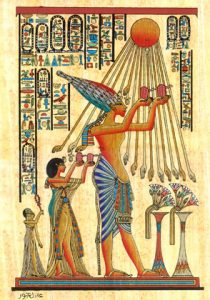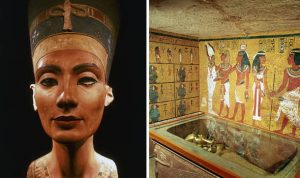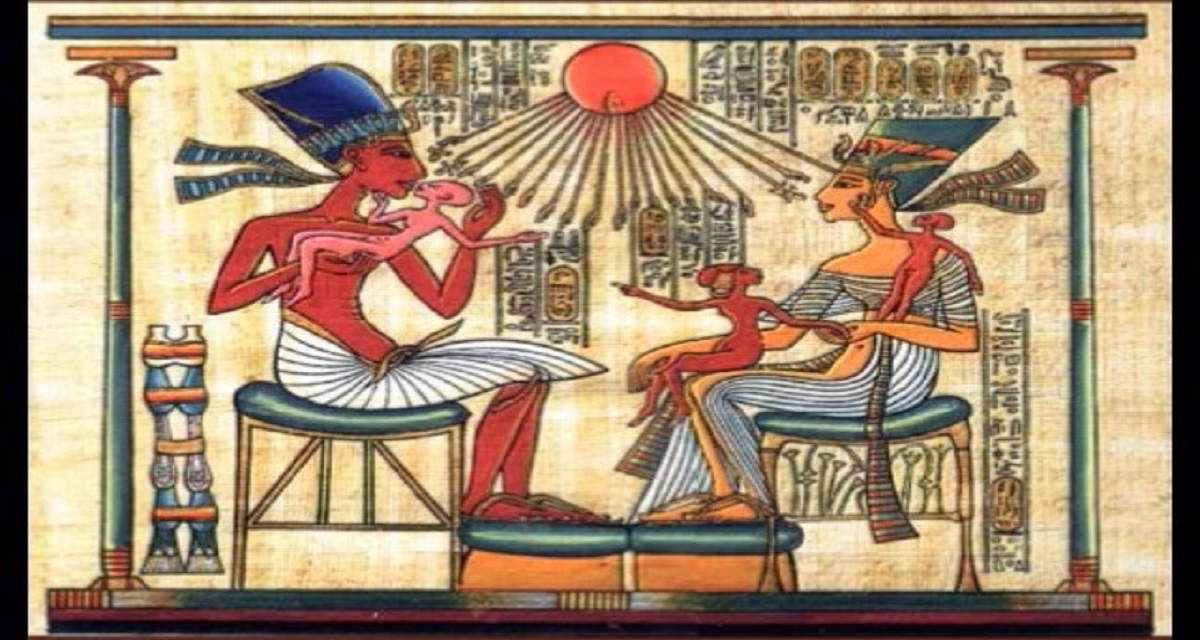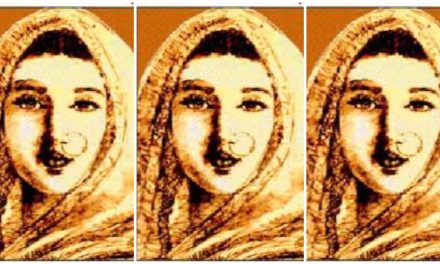
Nefertiti is a name well known in Egyptian mythology or civilization. She is an Egyptian queen known for her beauty, and she ruled alongside her husband, Pharaoh Akhenaten. Nefertiti and her husband became renowned for their social reform. Instead of believing in many gods and goddesses like the Egyptians of the time, “Aten” or “Sun” worshipped one deity. Nefertiti said to have reigned with her husband at one of the richest times in ancient Egyptian history. According to a group of historians, she reigned as Neferneferuaten after her husband’s death and before the accession of Tutankhamun. Nefertiti changed her name to Neferneferuaten to Nefertiti meaning “beautiful are the beauties of Aten, a beautiful woman has come”, and Amenhotep IV changed his name to Akhenaten to honour the deity. It is believed that the king and queen were priests and that it was only through them the ordinary citizens could get access to Aten. Nefertiti was possibly among the most powerful individuals to have ever ruled.
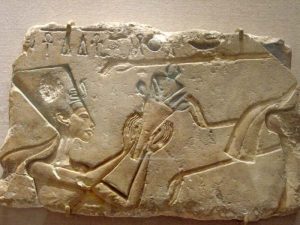
Nefertiti was born in 1360 B.C. She is the most popular queen of ancient Egypt. Growing up in a palace in Thebes, her father was Pharaoh Amenhotep III’s vizier Ay, but there doubts about the identity of her mother. In the inscriptions of that time, her mother’s name was written as Tey, but in fact, Tey was Nefertiti’s nursing mother, not the actual mother. Aye was a vizier of the pharaoh Amenhotep III, but he also looked after the teenage Amenhotep IV. As is evident from some ancient painting and inscriptions, Nefertiti was fond of Athena since childhood. But it is a mystery where she learns monotheism when at that time Egyptians worshipped over one God. Nefertiti fell in love with Amenhotep IV at eleven. By her persuasion, Amenhotep IV became interested in this belief. It is said that faith in Athena entered Egypt through his Amenhotep IV. He changed his name to Akhenaten and later ascended the throne. The reform of Akhenaten’s ideology brought radical changes to the culture traditions. Departing from earlier pharaoh’s idealized portraits, Akhenaten is often portrayed with feminine curves and distorted features. Early pictures of Nefertiti depict a young woman with a label, but it later ones she is Akhenaten’s close mirror image. Her final depictions show a regal but realistic figure. Nefertiti is portrayed alongside her husband on the walls of graves and temples constructed during Akhenaten’s reign, she is seen in other instances in places of influence, an authority leading Aten worship, riding a chariot or smiting an enemy. She is depicted in many archaeological sites as equivalent to stature to the King. As the name of Nefertiti dies from the historical records, it is succeeded by a female Pharaoh called Neferneferuaten. Many scholars argue that Nefertiti had a bigger role than the Great Royal Wife and that her husband, Pharaoh Akhenaten, had been promoted to co-regent before his demise.
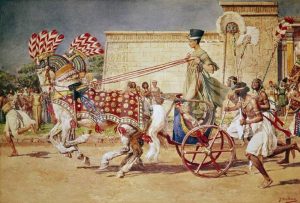
Nefertiti was known by many titles. She is the queen of fertility, the goddess of admirable and great beauty, the goddess of love, the beloved wife of the chief king and the protector of upper and lower lands of Egypt and among historians and aerologists she is famous for her bust, The work is believed to have crafted in 1345 B.C. by Thutmose because it was found in his workshop in Amarna, Egypt. And since it is the most replicated book in the world, Nefertiti has become one of the most prominent women of ancient Egypt and a symbol of feminine beauty. The most striking thing about Nefertiti’s life and work is that there is very little to learn about her.
